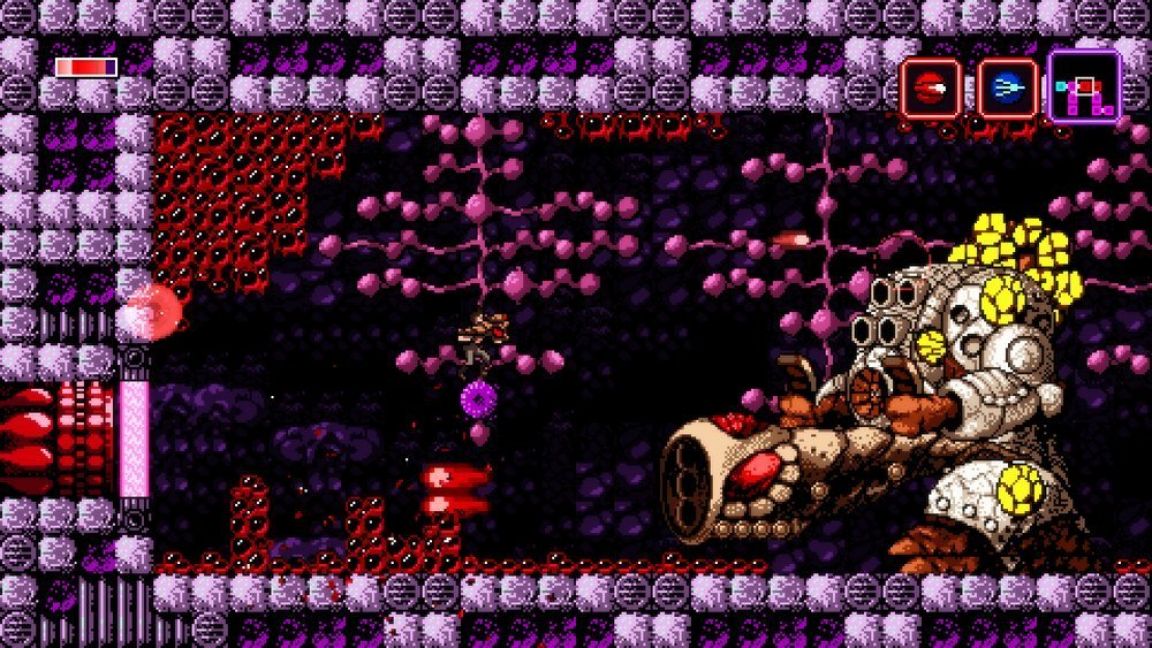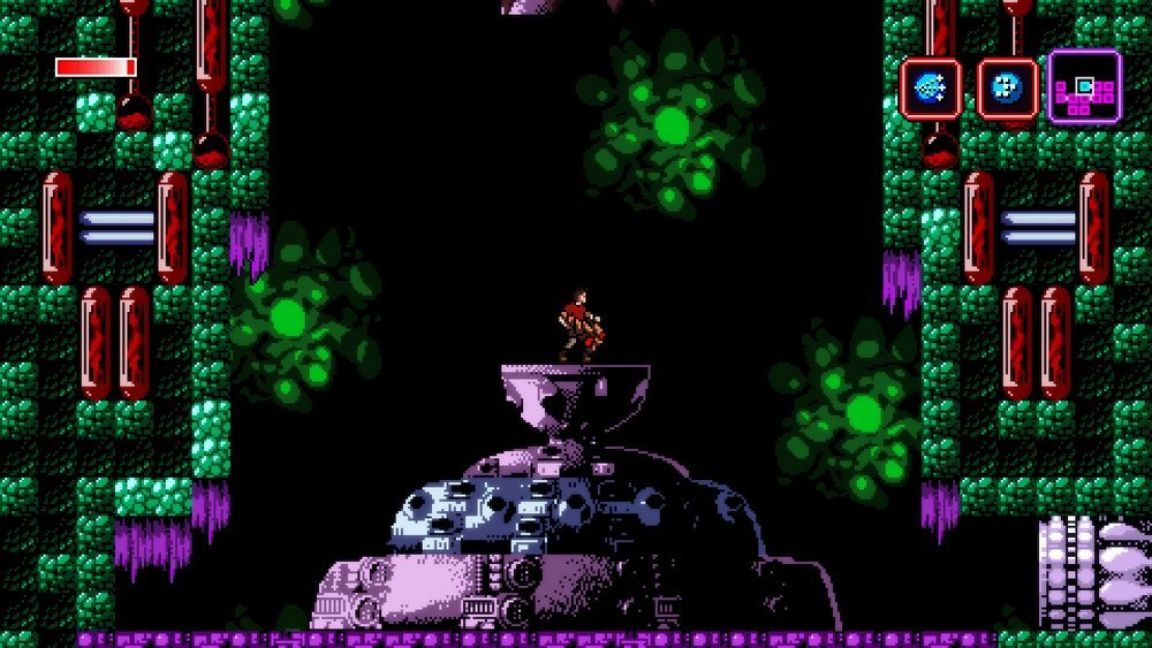
At first, it’s just a way to “tunnel” from one area to another. It essentially acts as a second map, though a little more condensed and focused on the drone. As you explore this big, interconnected alternate Earth, it starts to feel really rewarding to have gained a mastery of how your character can move through it.Ī big piece of that is the Breach, a recently revealed ability of Indra’s to send her drone in and out of the plane between worlds. The Grapple is the most familiar returning ability, while others feel either like fresh interpretations of old movement skills or completely new. Once you get to the latter-half of Axiom Verge 2 though, some really fun movement options begin to open up. This might be because, early on, Indra herself doesn’t have so many movement options her big early-game upgrades are things like getting to climb up walls, but that ends up paling in comparison to later-game movement abilities.

It’s actually incorporated into the story in a very interesting way, and movement-wise, it feels incredibly fun to flit around as. I’ll say, without too many spoilers, that what Happ does with the drone in Axiom Verge 2 might be some of my favorite Axiom Verge content, period. Then there’s the drone, returning once again to provide more movement options and alternate routes. It might be as simple as rewriting a door switch to open instead of close, or as complex as disabling weapons systems on a big foe or turning a robot against its allies. Indra is, eventually, able to hack objects and enemies, altering their source codes to impede or control them. Hacking, though, became my bread-and-butter. There are vision cones, providing little opportunities for stealth, though I often ended up foregoing that and opting for direct combat instead. You have to get closer to enemies, and your tactics will be considerably different. For most of the early game, and even as you get later on, it’s going to feel pretty different from what you’d expect. Trace largely relied on firepower and various guns, while Axiom Verge 2‘s Indra uses a mix of melee weapons and a boomerang. I eventually had a good grasp of the world, especially as the story focused more on current events and some surprising, fun twists, but I felt a little out of my depth lore-wise early on.Īxiom Verge 2‘s biggest difference, though, is how it approaches your equipment. I’d have to flip back through various notes I’d made to myself to remember which character knew who and how, and how some names connected to others.

This isn’t a bad thing, but at least early on, it feels like big names and references start getting chucked at you before you have time to really contextualize them. One of the more noticeable differences in Axiom Verge 2, for me, was it felt like it put the story and universe building a little more at the forefront. As you explore the world, its structure will immediately start to feel familiar some ledges are just out of reach, or some rocks look suspiciously fragile, and you’ll venture across this new plane to find the equipment-Arms-you’ll need to get through them. And that’s not necessarily to its detriment not only do I think Axiom Verge 2 is a pretty good game, it also feels like a solid successor to the first, even if it does so in weird ways and takes some time to get there.Īxiom Verge 2 (PC, PS4, Nintendo Switch)Īxiom Verge 2 follows Indra, a tech CEO who finds herself plunging into alternate worlds filled with biotech monsters and strange, godlike beings, much like Trace in the first Axiom Verge.

That’s my way of saying Axiom Verge 2 carries some expectations, I think.

It was something that had a little bit of new, a little bit of the old, and found just the right way to mix it all into an adventure that felt both familiar and fresh. I wasn’t a diehard fan of the Metroid-style genre before that, and by the time credits rolled, I was eager to dive as far into it as I could. The first Axiom Verge was a bit of a surprise to some people, myself included.


 0 kommentar(er)
0 kommentar(er)
